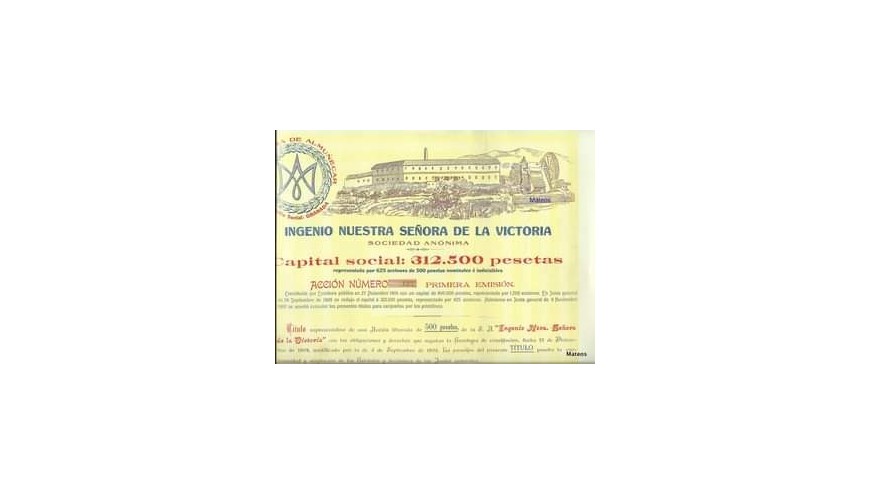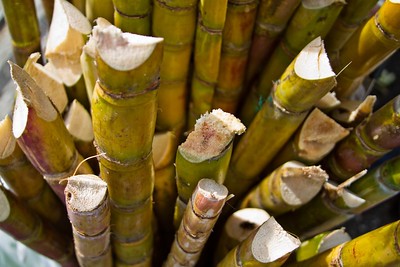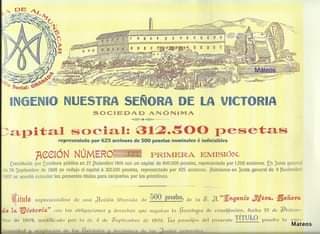The importance of sugar cane and the sugar industry in Almuñécar

The importance of sugar cane and the sugar industry in Almuñécar
The importance that sugar cane and the sugar industry have had for Almuñécar for centuries is well known.
It is well known and although it is accepted that sugar cane cultivation was introduced in the 10th century, other sources date it back to the 5th century, coinciding with the invasion of the Goths.
It seems that at the beginning, the old Hispanoroman tahonas were adapted to grind the cane by changing the millstones for others with more appropriate teeth.
Almuñecar sugar cane
Later, with the arrival of the Arabs, the sugar production process was perfected by means of the Trapiches.
These mills remained practically unchanged until well into the 19th century, being replaced by sugar factories in the middle of the industrial revolution.
Trapiche in Almuñécar
In Almuñécar there were several "trapiches" and some of them were transformed into factories.
This is the case of the Trapiche Alto, located where the Municipal Cemetery (El Magnifico) is today, which after successive improvements and changes of ownership was later renamed: Ingenio de Nuestra Srª de los Dolores
Later as a factory at the end of the 19th century, it was called La Redención and finally La Victoria, and for a brief period it may also have been called El Rosario. To get an approximate idea of this factory, which unfortunately was demolished, I have used the attached photo, which represents an action of the aforementioned industry
As can be seen in this title at the top, the structure that housed this company is faithfully reproduced.
La Redención was the first sugar factory in Spain to be organised as a sugar cane cooperative
This sugar factory, which was constituted as a sugar cane cooperative and whose origin has to do with the reaction of a group of local farmers, led by Los Carrasco, Sánchez-Chaves, Müller and Mateos, to the dismal prices of sugar cane and sugar beet.
Beetroot: one of the causes of sugar cane's decline
The market was in a downward trend due to competition from sugar beet, and was controlled by the desperate pincer grip of the two largest factories, La Peninsular (Sociedad General Azucarera de España) and San Rafael, owned by the Marques family.
I say desperately, because the sector had already been in decline since the end of the eighties of the 19th century and never fully recovered. This factory was in operation until the end of the 1920s, when it closed because it was unable to sell the production of the last two seasons.
There were other sugar cane mills such as the "Trapiche Bajo", which was owned by the Botí Micó family, but we will dedicate another small article exclusively to this one due to its importance.

.jpg)


.jpg)
.jpg)